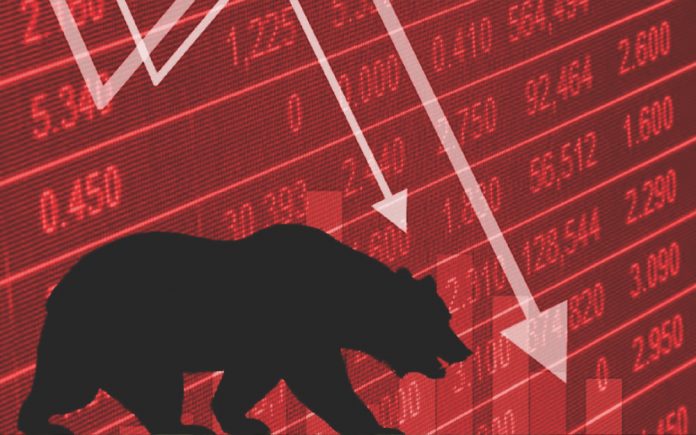
By Haddon Libby
We are now officially in a Bear Market. A bear market occurs when the stock market has fallen by 20% or more from its recent highs. The pain of this decline has been felt most by the stocks of companies that companies that operate at a loss. This includes many of Tech darling and EV carmaker stocks. Any company that was valued on a price to revenue basis because the company was pre-earnings (aka operating at a loss) has been punished in the stock market of late. For example, COVID-darling Peloton is down 93% in value from its January 2021 peak. Crypto-trader Coinbase is off 82% from its highs of only six months ago.
While the Fed may be raising rates in response to double-digit inflation, the rise in food and fuel prices is causing a rapid cooling in other areas of the economy. Optional purchases like a new car or washing machine are being curtailed as consumers direct an ever-increasing percentage of their earnings toward the basic necessities of food, fuel and shelter. This fast changing consumer landscape led to both Amazon and Target stocks falling 36% over the last six months with Walmart down 22% over the last two months.
Just as higher prices have a tendency toward reducing demand, a lower stock market is causing the dividend yields of stocks to go up. At present, Verizon stock pays a 5.2% annual dividend, JPMorgan Chase 3.5% and Coca-Cola 2.9%.
At the same time, interest rates are going up. This hurts investors who use bond funds or hold lower yielding bonds but helps those with cash to get a reasonable return for their savings. If we go back two years ago, the 10-year Treasury was 0.67%. Today it is at 3.1% and rising. While your friendly neighborhood bank may not be paying out satisfactory returns, investors can get returns of 4% to 5% on investment grade bonds with maturities of 3 to 4 years.
Because bonds paid so little in recent years, investors began to put more of their money toward equities. As a result of this increase in bond yields, investors should take a moment to rethink the weightings between stocks and bonds in their investment portfolio.
As you try and figure out how much you should have invested in stocks or bonds, assume that stocks will earn you 8-9% per year over the long-run. Assume bonds produce a 4% return over the long-run. If you are okay with a 4% return, you can buy bonds and forget about the stock markets ups and downs. Just make sure the bonds you hold are in companies that you are confident can repay you.
One of the biggest problems associated with a conservative portfolio of bank certificates of deposit or investment grade bonds is that monies invested like this seldom grow at a rate that keeps up with inflation. As the inflation rate does not include food and fuel, you most likely need to earn more on your hard-earned dollars. If your money is not growing at the rate of inflation, your buying power erodes over time. For this reason, most prefer to see money to grow at a rate that is higher than inflation which means that we typically hold equities and real estate.
If you are still saving for retirement, see market periods like these as times when you can buy equities at a discount.
If you are about to retire or are retired, periods like these can be scary. For this reason, make sure that you have access to two year’s cash if possible.
The best remedy to market turbulence as we have now is the passage of time.
Haddon Libby is the Founder and Chief Investment Officer of Winslow Drake Investment Management.
While this article is not investment advice, if you want investment advice from me, please visit www.WinslowDrake.com and send a note.










































